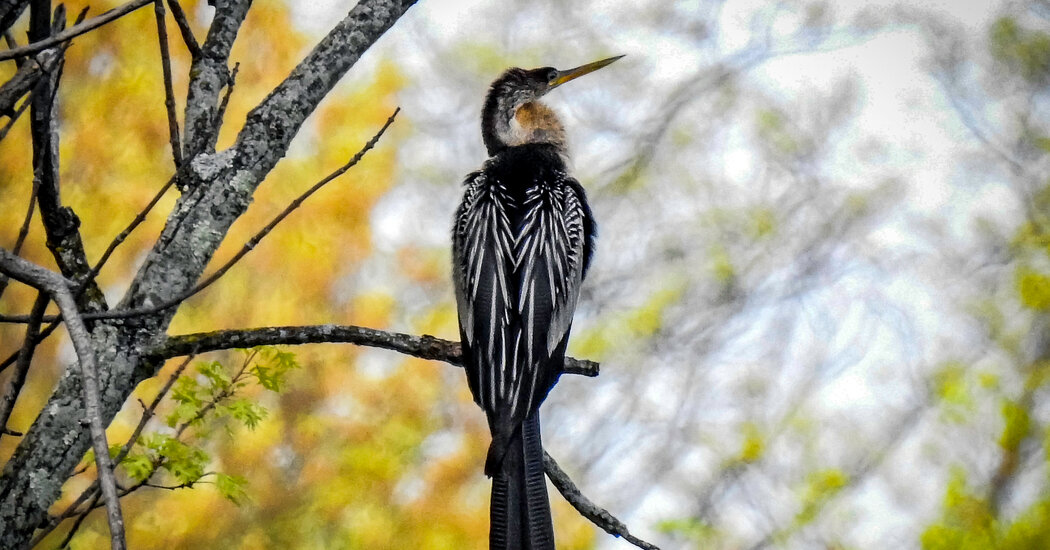Why the Wildfire Smoke Makes the Sky Turn Wild Colors
To understand how smoke from Canadian wildfires is turning skies in many places orange this week, it helps to first ask: Why is the sky usually blue?
The scientifically jargony answer: atmospheric scattering.
On the moon and other places where there is no air, the sky is black. But on Earth, we have air, and some light from the sun bounces off the molecules of air in the atmosphere. The higher-energy colors with shorter wavelengths — that is, blue light — scatter more readily, and as a result, the entire sky is suffused in blue.
Smoke particles also scatter light, and because they are larger than air molecules, they also scatter the orange and red colors. That results in far more red and orange in the sky than we are used to seeing during the daytime, imparting a surreal hue.
The color of the sky during the periods of heaviest haze is reminiscent of the colors you see at sunset. That’s because what is happening in the sky is somewhat similar to what happens when the sun goes down.
When the sun is near the horizon, the light travels through more air, and almost all of the shorter wavelengths have been removed from the original sunbeam. It is only the longest wavelengths — the reddish colors — that are likely to still travel undisturbed by the atmosphere, and thus that is the color of the sun at sunset.
And with more of the longer wavelengths scattered at sunset, the sky looks more orange, too.


